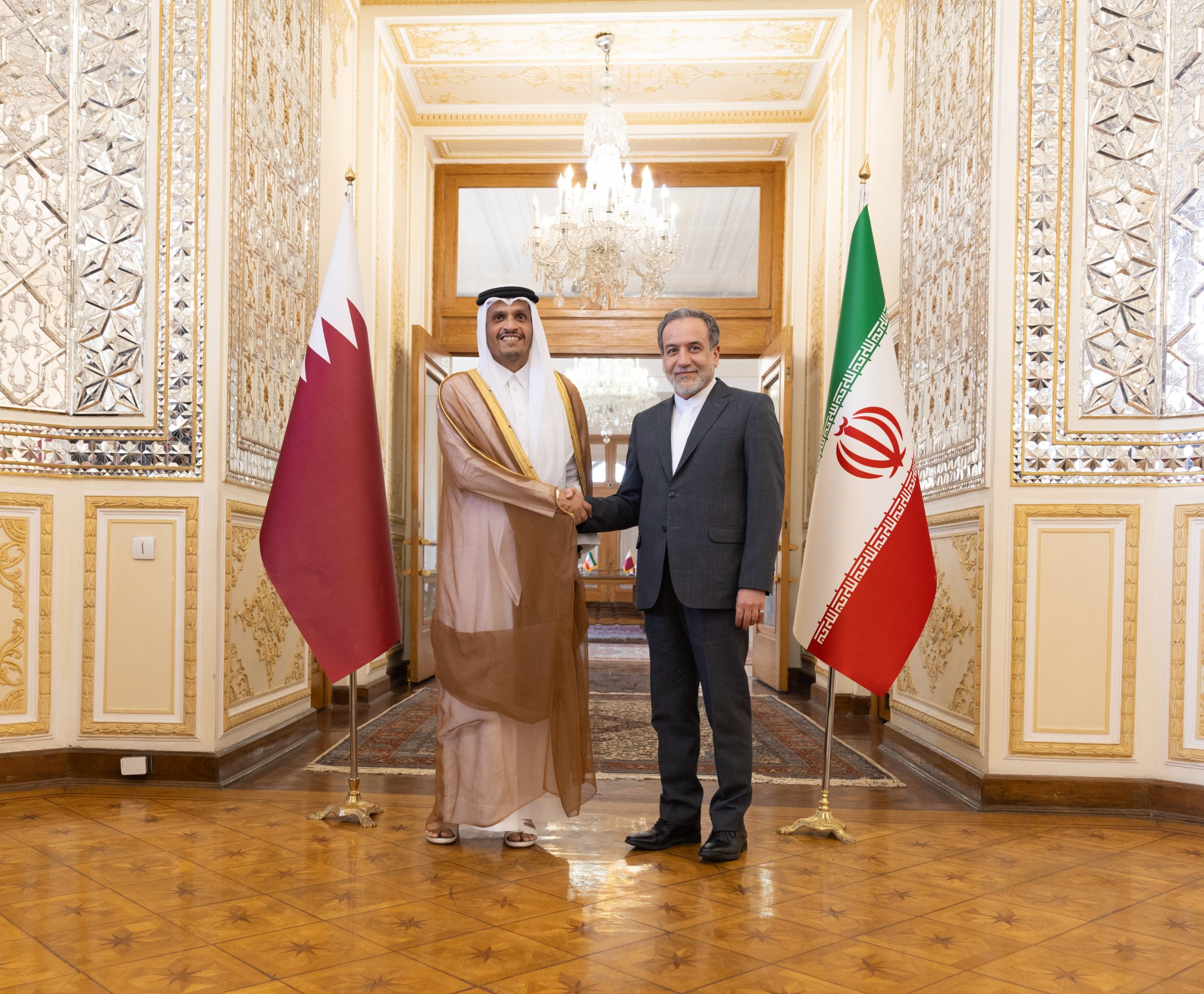Iranian-backed groups in Lebanon, Syria, Yemen, and Iraq – known as the “axis of resistance” – have carried out attacks in response to the Israeli assault on Gaza.
Qatar and Iran have discussed the latest developments in the Gaza Strip and Lebanon as well as de-escalation efforts, amid hopeful statements over a possible truce in Beirut.
The discussions took place during a phone call on Wednesday between Qatar’s Prime Minister and Minister of Foreign Affairs Sheikh Mohammed bin Abdulrahman Al Thani and Iran’s Foreign Minister Abbas Araghchi.
“They discussed bilateral cooperation relations and means to support and enhance them, the latest developments in the region, especially in the Gaza Strip and Lebanon, and ways to de-escalate,” the Qatari foreign ministry said in a readout on the call. “The deliberations also tackled several issues of joint interest,” it added.
Tensions between Iran and Israel have escalated following the latter’s brutal war on the Gaza Strip that began on October 7, 2023.
Israel has since killed more than 43,000 Palestinians, although the actual death toll is believed to be much higher as thousands remain missing or buried under the rubble.
Since the onset of the Israeli war on the Gaza Strip, Iranian-backed and aligned groups in Lebanon, Syria, Yemen, and Iraq—collectively known as the “axis of resistance”—have mobilised in response to the assault on the besieged enclave.
The tensions particularly soared following Israel’s assassination of former Hamas chief Ismail Haniyeh in Tehran on July 31 and Hezbollah Secretary-General Hassan Nasrallah in Beirut on September 27.
Israel then assassinated Haniyeh’s successor Yahya Sinwar on October 16.
Iran and Hezbollah had retaliated against Israel this month by launching a barrage of rockets towards occupied territories. This followed Saturday’s overnight Israeli attacks on Iran, where the Iranian government reported minor damage.
Qatar had “strongly” condemned the Israeli attack on Iran.
Optimism over Lebanon truce
Meanwhile, Israel has intensified its bombardment of Lebanon since last month, expanding its campaign from the south to the capital Beirut.
Since October 8, Israel has killed at least 2,822 people in Lebanon while displacing more than a million others, according to the latest figures by Lebanese authorities.
On Wednesday evening, optimistic reports about a potential truce in Lebanon surfaced as the United States sent White House officials Brett McGurk and Amos Hochstein to Israel to advocate for an agreement.
Lebanon’s caretaker Prime Minister Najib Mikati told Lebanese media outlet, Al Jadeed, on the same day that Hochstein told him that “the situation today is better than yesterday” during their meeting in Beirut last week.
“We hope that within hours or in the coming days there will be a ceasefire. We hope to see Hochstein in Beirut by the end of the week,” he added.
Israeli public broadcaster Kan had published a draft of an agreement dated October 26, entailing a 60-day truce and the implementation of the United Nations Security Council Resolution 1701, which ended Israel’s 2006 war on Lebanon.
The text included maintaining the presence of the Lebanese army and UN peacekeeping forces (UNIFIL) in the southern part of Lebanon.
White House National Security Council spokesperson Sean Savett later said that the leaked documents “do not reflect the current state of negotiations”.







